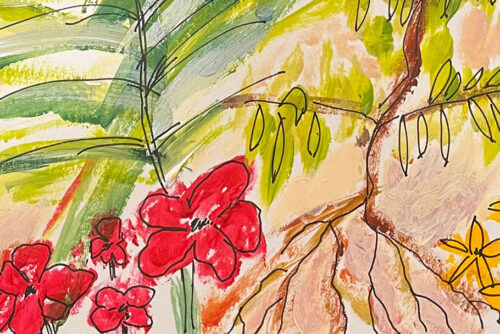Freedom Dreams
If the future of feminism is intimately bound up with our ability to mourn our losses, we may have to look backward in order to move forward, and Robin D. G. Kelley’s Freedom Dreams: The Black Radical Imagination offers an inspiring model of how this can be done. Kelley recognizes the “awful things” that have been done in the name of black liberation without falling into the trap of “merely chronicl[ing] the crimes of radical movements,” which “doesn’t seem very useful.” 1 This decision to de-emphasize black activists’ violence seems right here, especially given the fact that, on the rare occasions when the mass media does represent black social movements, it tends to select images of armed resistance, vastly overemphasizing this strategy at the expense of other less sensational, highly successful, and nonviolent forms of protest. But I cannot help thinking that a comparable feminist project would need to treat the question of violence differently. Looking back at the feminist peace movement, I am struck less by the need to downplay the “awful things” done in its name than to challenge the movement’s tendency to equate violence with men and peace with women (and with mothers in particular), a tendency that continues to haunt the language of some feminist peace activists today. In the current climate of moral binarism, where political rhetoric is dominated by phrases like “the axis of evil” and “us and them,” feminism must continue to challenge its reliance on intransigent gender binaries so that it can model the persistence of complex thinking in the midst of political crisis. Indeed, I would suggest that the feminist nonviolence movement’s reliance on fixed gender categories, as well as its subordination of questions of radical sexual freedom, class, race, and religion to a more abstract idea of peace, has contributed to a heteronormative idealization of white, middle-class, and often maternal femininity within feminist movements and has inadvertently made our language particularly vulnerable to appropriation by the right. As Mallika Dutt argues,
For women of color/immigrant women/Third World women, the issue of culture is further complicated in the context of women’s organizing. The tendency of many white women who are part of the dominant culture and/or religion not to recognize the patterns of oppression fostered within their own culture makes it difficult for women of color/immigrant women/Third World women to work in solidarity with them. This difficulty is exacerbated when white women perceive the oppression of women in minority communities as an inevitable aspect of those minority cultures or religions, which are then labeled as inferior to their own Western/Christian context. 2
But how can feminists work toward peace without adopting this model of white, Western/Christian supremacy? If the best thing feminists have to offer in response to violence is our fundamental commitment to complexity, as I think is the case, then we might begin to resist the current climate of moral simplicity by acknowledging, rather than repressing, our own ambiguous and complicit relationship with violence. 3 This work of ambiguity is by no means new to feminism, and we might usefully glance backwards into our own history as we try to envision a better future.
- Robin D. G. Kelley, Freedom Dreams: The Black Radical Imagination (Boston: Beacon Press, 2002), xi.[↑]
- Mallika Dutt, “Reclaiming a Human Rights Cultural Feminism of Difference and Alliance,” in Talking Visions: Multicultural Feminism in a Transnational Age, ed. Ella Shohat (Cambridge; MIT Press, 1998), 225-46, at 232-33.[↑]
- On feminist coalition politics and complexity, see Janet R. Jakobsen, Working Alliances and the Politics of Difference: Diversity and Feminist Ethics (Bloomington: Indiana University Press, 1998).[↑]



